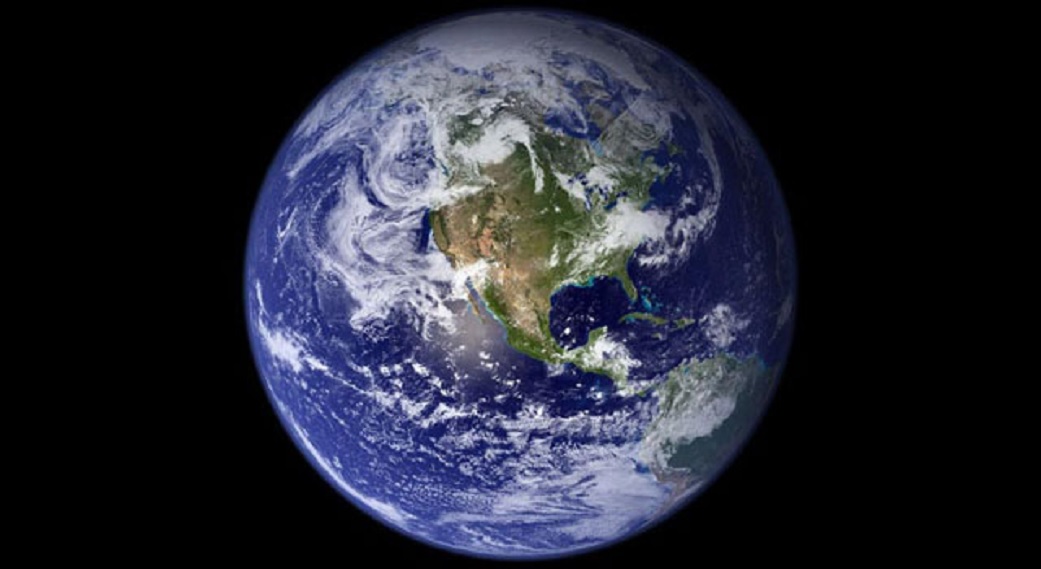The United Nations Intergovernmental Panel on Climate Change (IPCC) has warned that global warming will likely reach the 1.5° C critical threshold by 2030. [1] Models project that the 1.5° C increase will lead to increases in mean temperature, heavy precipitation, and drought. According to the UN, we have 11 years to reduce CO2 emissions to 65% of 2010 levels in order to avoid the catastrophes of climate change.
In June, the UN Special Rapporteur issued a report stating that current trends could “lead to a climate apartheid scenario in which the wealthy pay to escape overheating, hunger, and conflict, while the rest of the world is left to suffer.” [2] The Rapporteur cites Hurricane Sandy and the California Wildfires as examples of the budding climate apartheid. During Sandy, the Goldman Sachs headquarters was protected by its own generator and sandbags, while low-income New Yorkers lacked access to power and healthcare. During the California wildfires, insurance companies dispatched private teams of fire-fighters to the homes of high-end customers—a luxury most low and middle income families were not afforded.
Climate change will exacerbate global inequality by undoing the last fifty years of global development, global health, and poverty reduction. [2] The United Nations and other multilateral agencies have estimated the following impacts of climate change on human rights and devolvement:
- It is estimated that more than 120 million people will be pushed into poverty by 2030.
- By 2050, an estimated 140 million people in Sub-Saharan Africa, South Asia, and Latin America will lose their homes.
- Between 2030 and 2050, the World Health Organization projects 250,000 additional deaths per year from malnutrition, malaria, diarrhea, and heat stress.
- A 2° C in warming will lead to 1-2 billion people lacking adequate access to water.
- The World Bank estimates 30% losses in global crop yield by 2080, even with adaptation measures.
These statistics reveal how seriously climate change threatens human health, development, and security. Moreover, framing climate change as a human rights issue invokes legal protections for individuals facing these threats. Countries failing to prevent the “foreseeable human rights harm caused by climate change” would be in breach of international law. [2]
The Effects on Poverty
Generally, people living in poverty live in areas more susceptible to climate change. [2] They live in less resistant housing. They have fewer social and financial resources to protect themselves from the effects of climate disasters or to recover from disaster. Between 75-80% of the economic costs related to climate change will fall upon developing countries. This highlights a major global inequality. Developed countries, which have benefited the most from greenhouse gas emissions, will be best equipped to deal with climate change. Less developed countries, which have contributed the least to carbon emissions, will face the most damage. A person in the richest 1% of the global population uses 175 times more carbon than a person in the bottom 10%. Climate change has already increased the wealth gap between the richest and poorest countries by 25 percentage points compared to a scenario without global warming.
Although poor countries will carry the greatest burden of climate change, wealthy countries like the United States are not immune from its economic impacts. [2] Since 1980, there have been 241 official climate disasters in the United States, each costing over $1 billion in damage. This has amounted to a total cost of $1.6 trillion—a number difficult for most of us to wrap our heads around. If no action is taken over the next 11 years, climate change is estimated to “decimate the global economy.” A 2° C increase in warming would amount to $69 trillion in damages or 13% of the global GDP. At least 72 million full time jobs are threatened by the 2030 deadline due to warming effects on worker productivity, health, and food security.
Involving the Private Sector
A popular argument from the business sector against reducing carbon emissions is that low-carbon usage will slow economic growth. [2] The World Bank has debunked this myth—carbon reduction would actually mitigate the cost of climate change by trillions of dollars; however, combating climate change requires buy-in from governments and the private sector.
Last year, more than 7,000 companies submitted reports to CDP, a non-profit organization formerly known as the Carbon Disclosure Project. [3] After analyzing data from 215 of the world’s largest corporations, like Microsoft, Apple, and JP Morgan, CDP concluded that these companies face nearly $1 trillion in losses related to climate change over the next five years. Many companies have already begun to incur substantial costs from climate change. Manufacturers and banks anticipate that rainfall, flooding, and droughts will hurt people’s ability to pay back loans, hurt supply chains, and hurt data centers dependent on cool temperatures.
On the other hand, some companies will profit from the health and environmental impacts of climate change. Drug maker Eli Lilly, estimates the need of certain medicines like antibiotics and antimalarials will increase concomitantly with the spread of infectious disease secondary to rising temperatures. The CDP also noted that companies in the European Union were more likely to disclose the financial effects of global warming compared to American, Chinese, and Brazilian companies.
Still, the response to the CDP survey from companies offers hope in the face of climate change. It suggests that companies are taking into account the economic burden of climate change. This may be because the health of corporations depends on the well-being of their consumers. As warming temperatures drive more of the world’s population into poverty, the business sector will be forced to take action. But, it may be best if we avoided that scenario. It may be best if the private sector, the public sector, and civil society worked in cooperation to limit warming by our 2030 deadline.
- IPCC, 2018: Summary for Policymakers. In: Global Warming of 1.5°C. An IPCC Special Report on the impacts of global warming of 1.5°C above pre-industrial levels and related global greenhouse gas emission pathways, in the context of strengthening the global response to the threat of climate change, sustainable development, and efforts to eradicate poverty [Masson-Delmotte, V., P. Zhai, H.-O. Pörtner, D. Roberts, J. Skea, P.R. Shukla, A. Pirani, W. Moufouma-Okia, C. Péan, R. Pidcock, S. Connors, J.B.R. Matthews, Y. Chen, X. Zhou, M.I. Gomis, E. Lonnoy, Maycock, M. Tignor, and T. Waterfield (eds.)]. World Meteorological Organization, Geneva, Switzerland, 32 pp.
- Human Rights Council, “Report of the Special Rapporteur on extreme poverty and human rights,” 25 June 2019. https://www.ohchr.org/EN/Issues/Poverty/Pages/SRExtremePovertyIndex.aspx
- Plumer B. Companies See Climate Change Hitting Their Bottom Lines in the Next 5 Years. The New York Times. https://www.nytimes.com/2019/06/04/climate/companies-climate-change-financial-impact.html. Published June 4, 2019. Accessed July 1, 2019.
Tina Samsamshariat is a member of the class of 2022 at the University of Arizona College of Medicine - Phoenix. She received her Bachelor of Science from the University of California, Los Angeles and her MPH from the University of Southern California. She enjoys surfing, climbing, and rap music. Twitter: @TSamsamshariat


